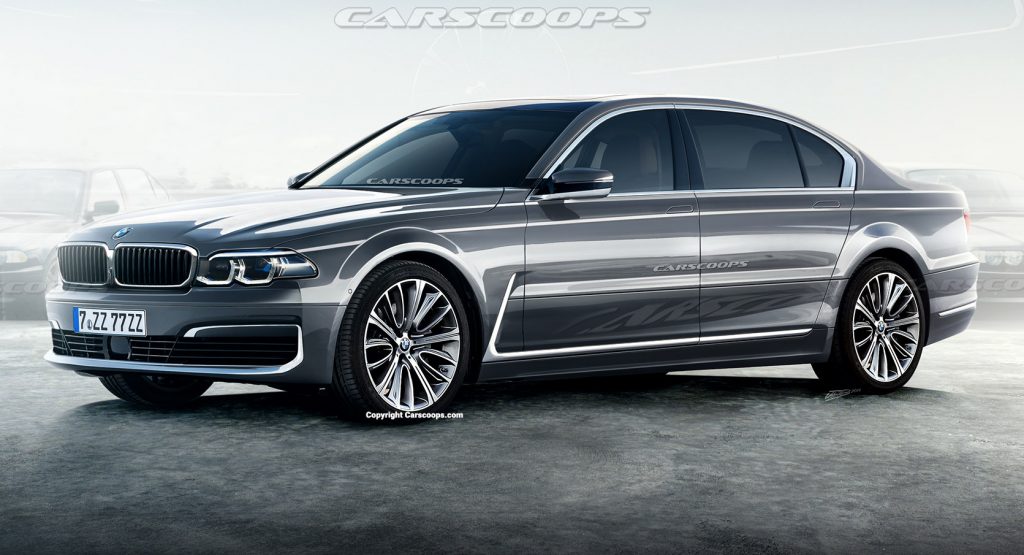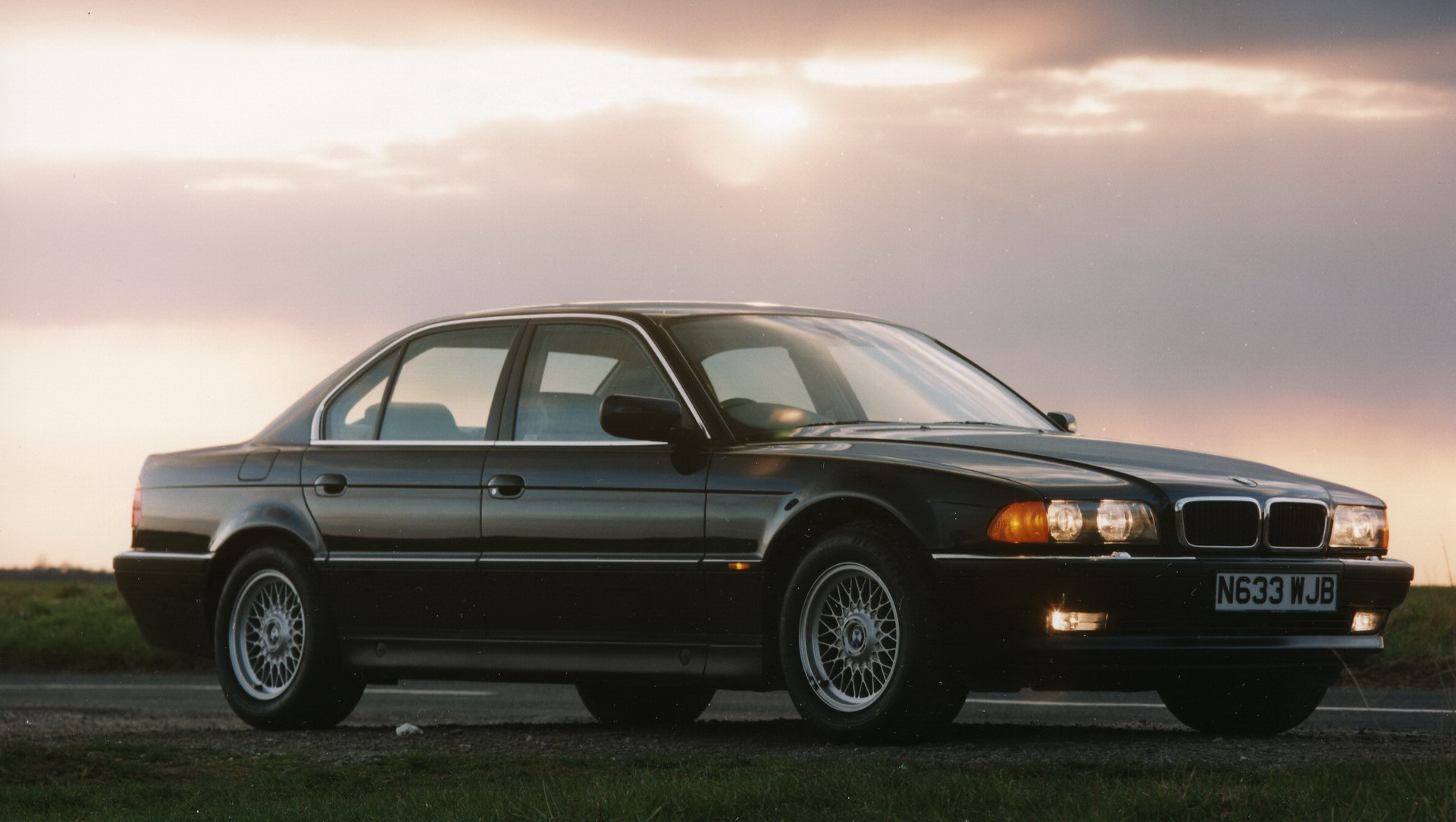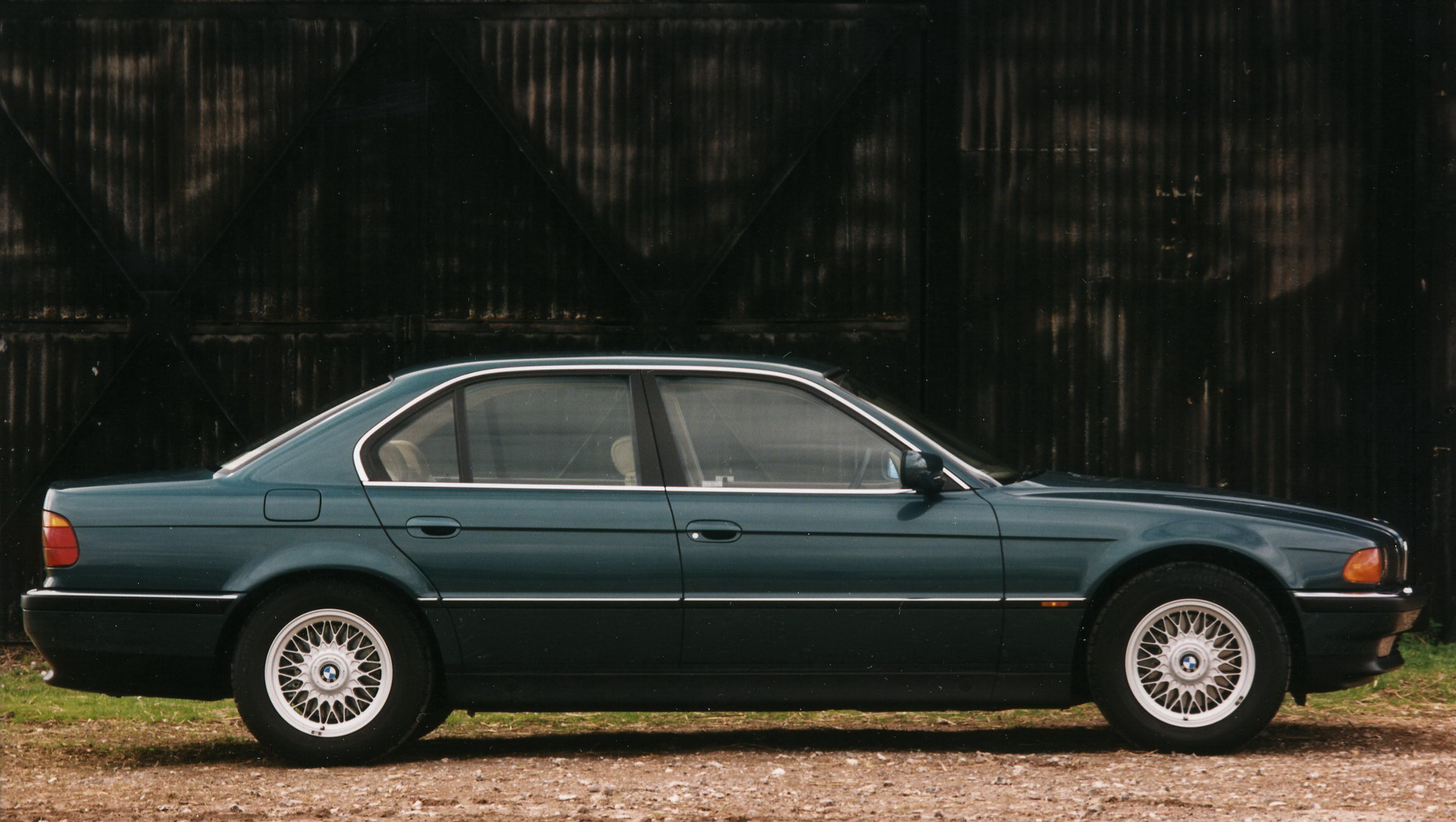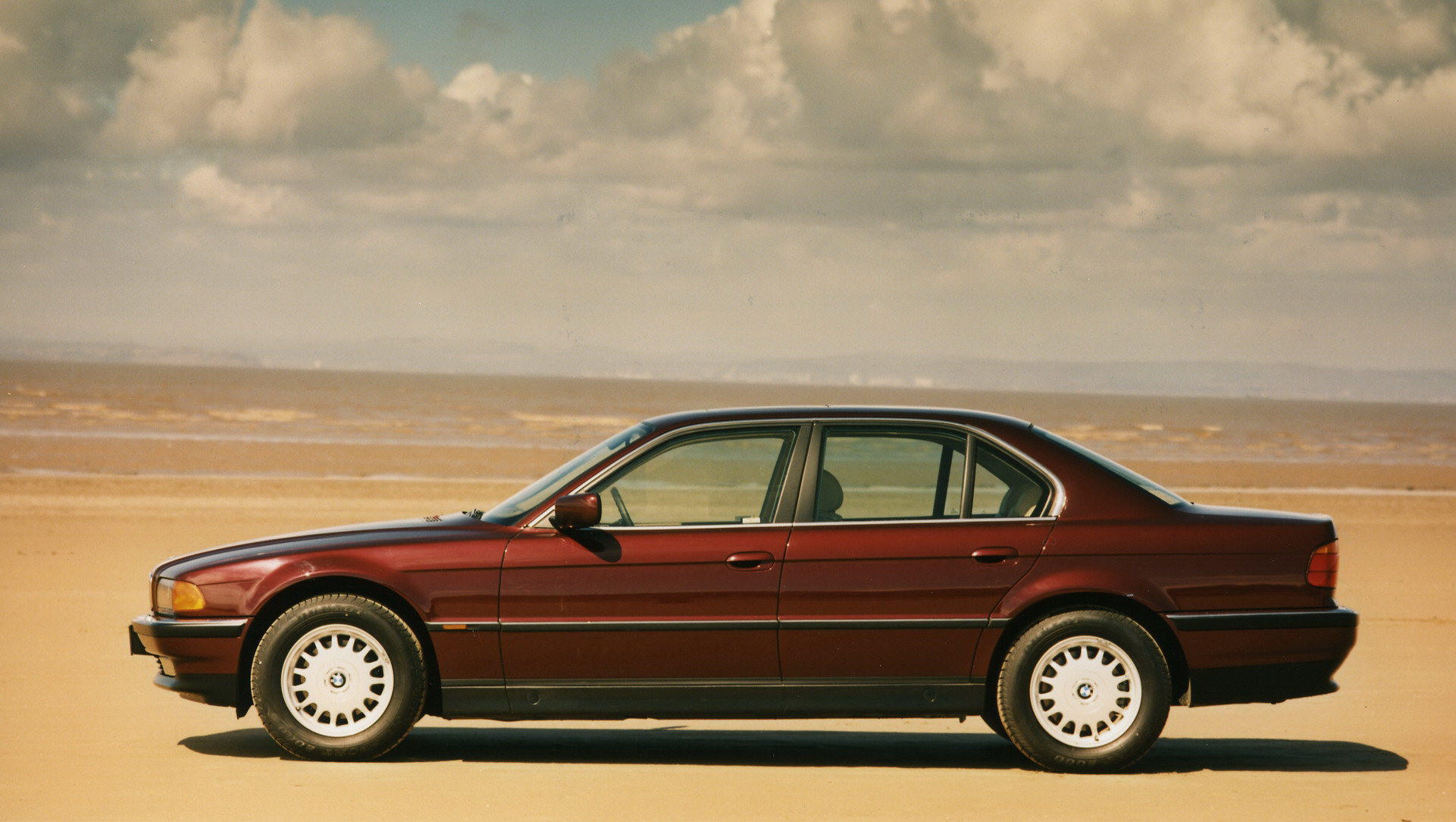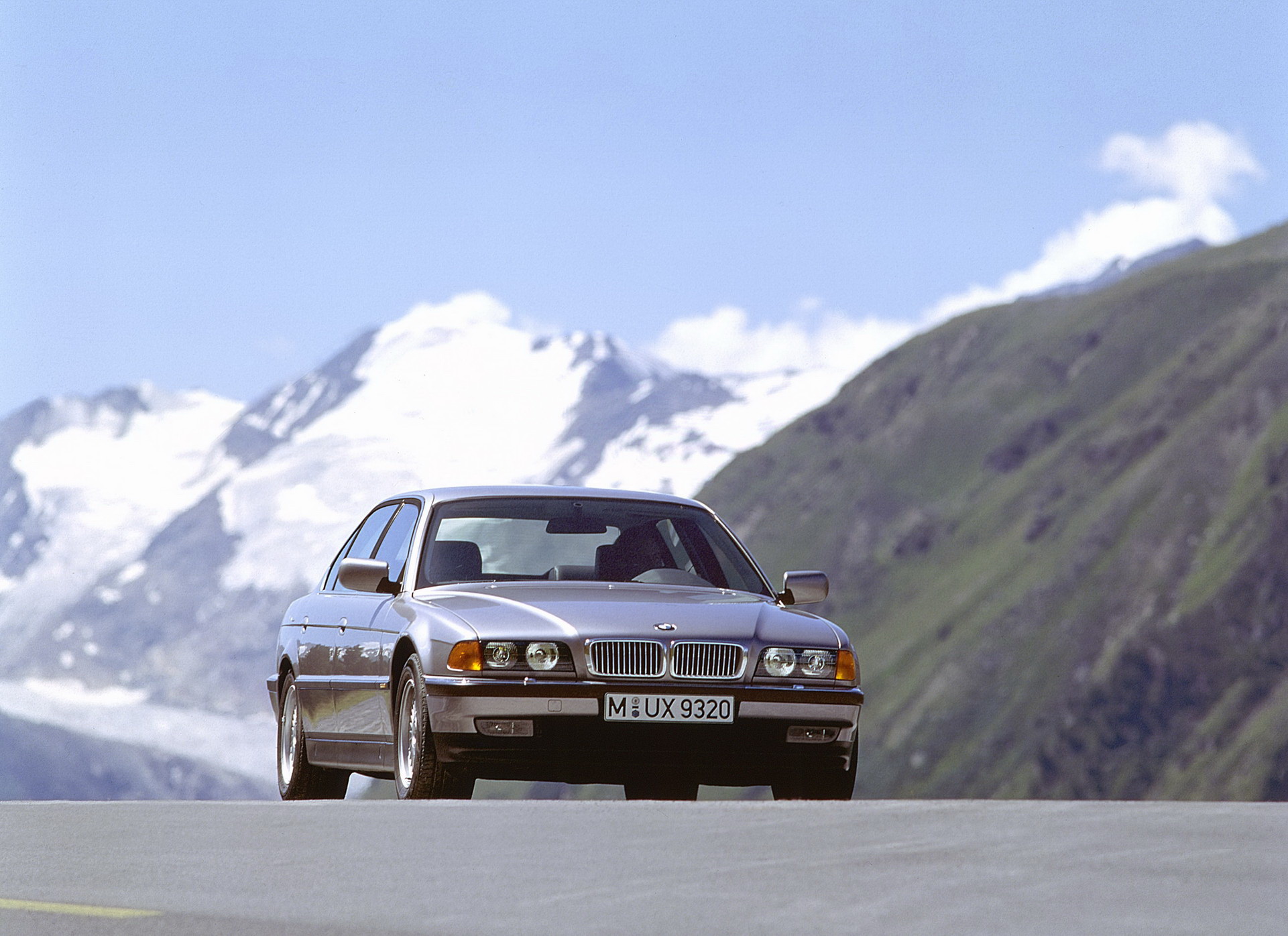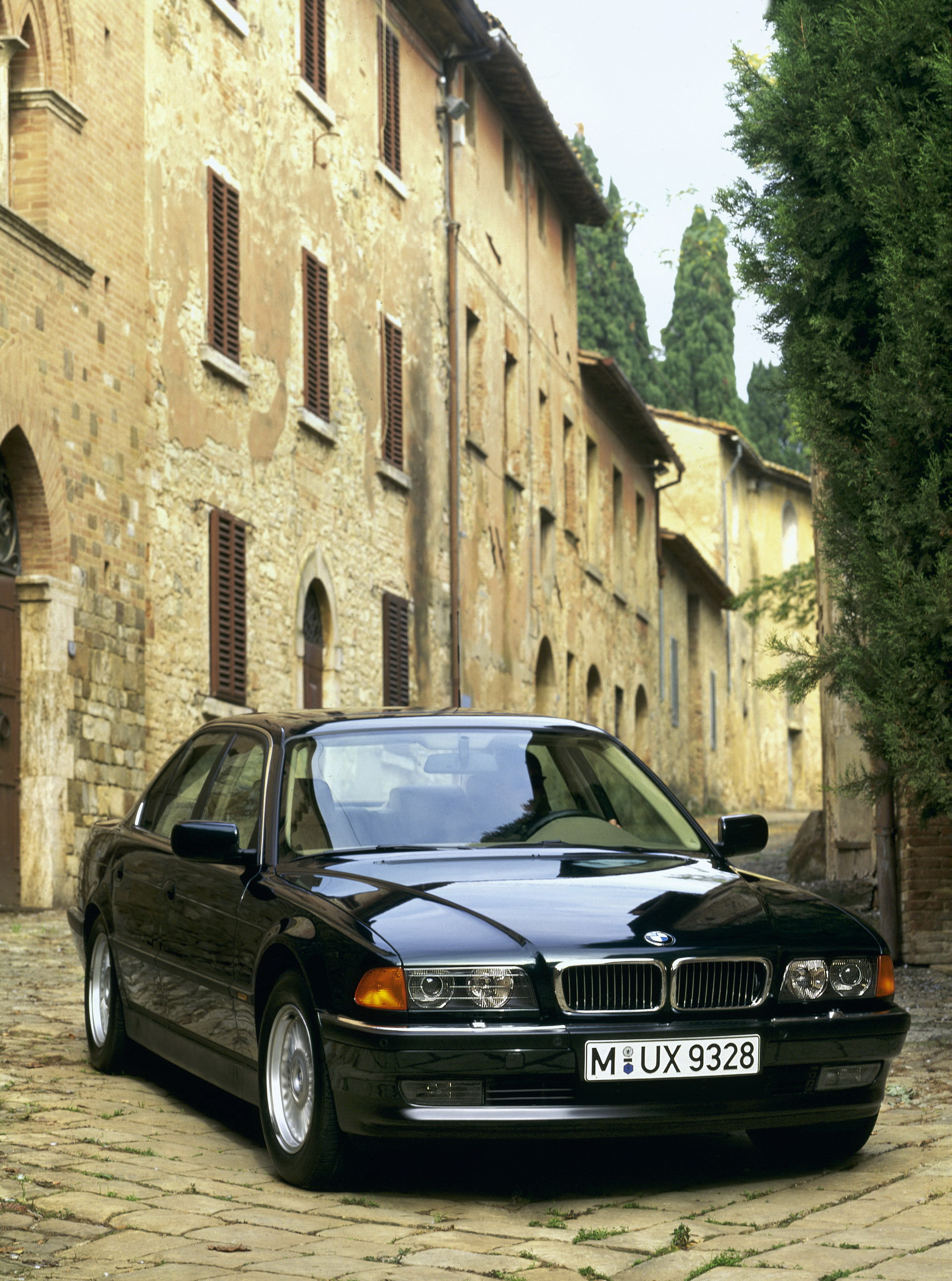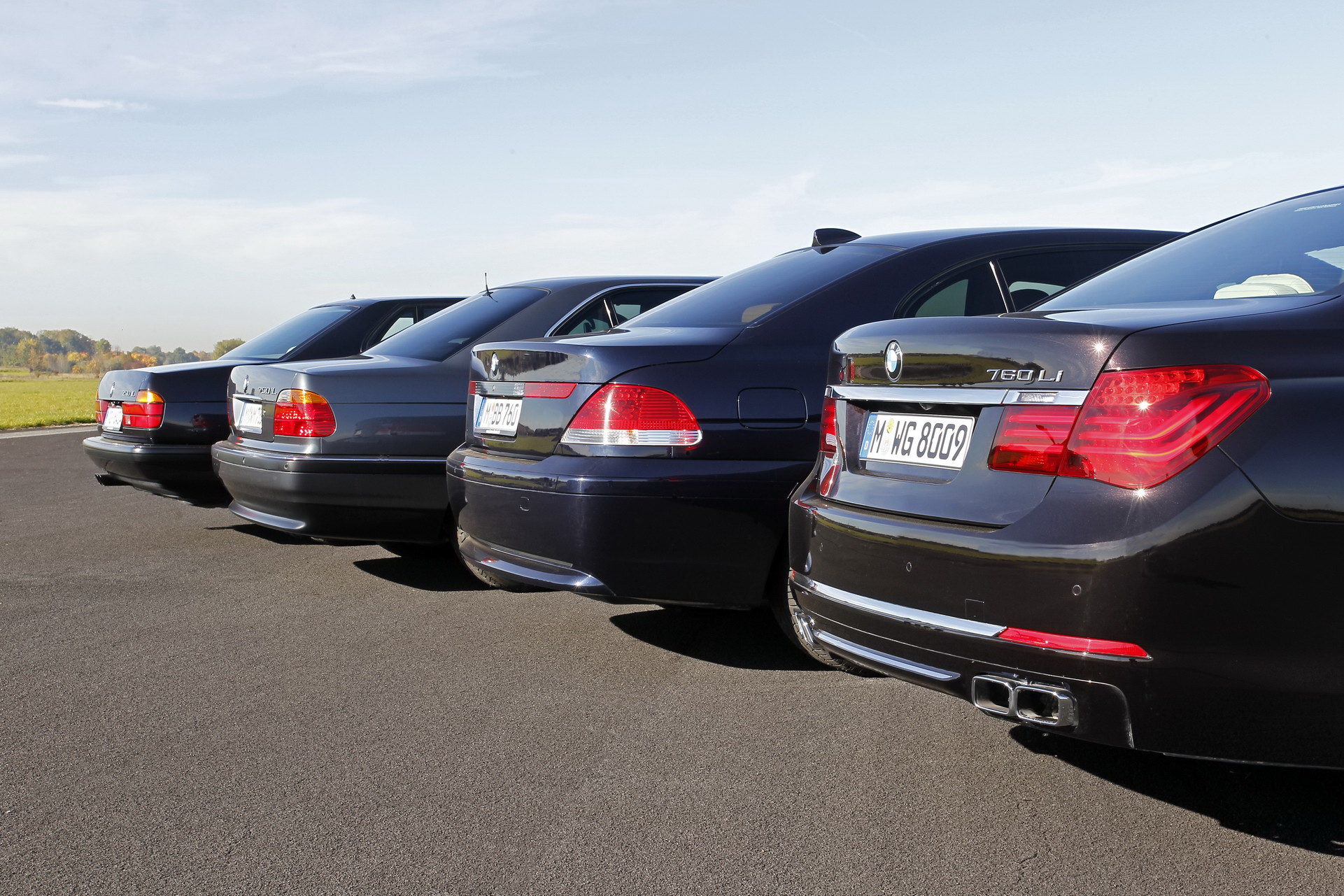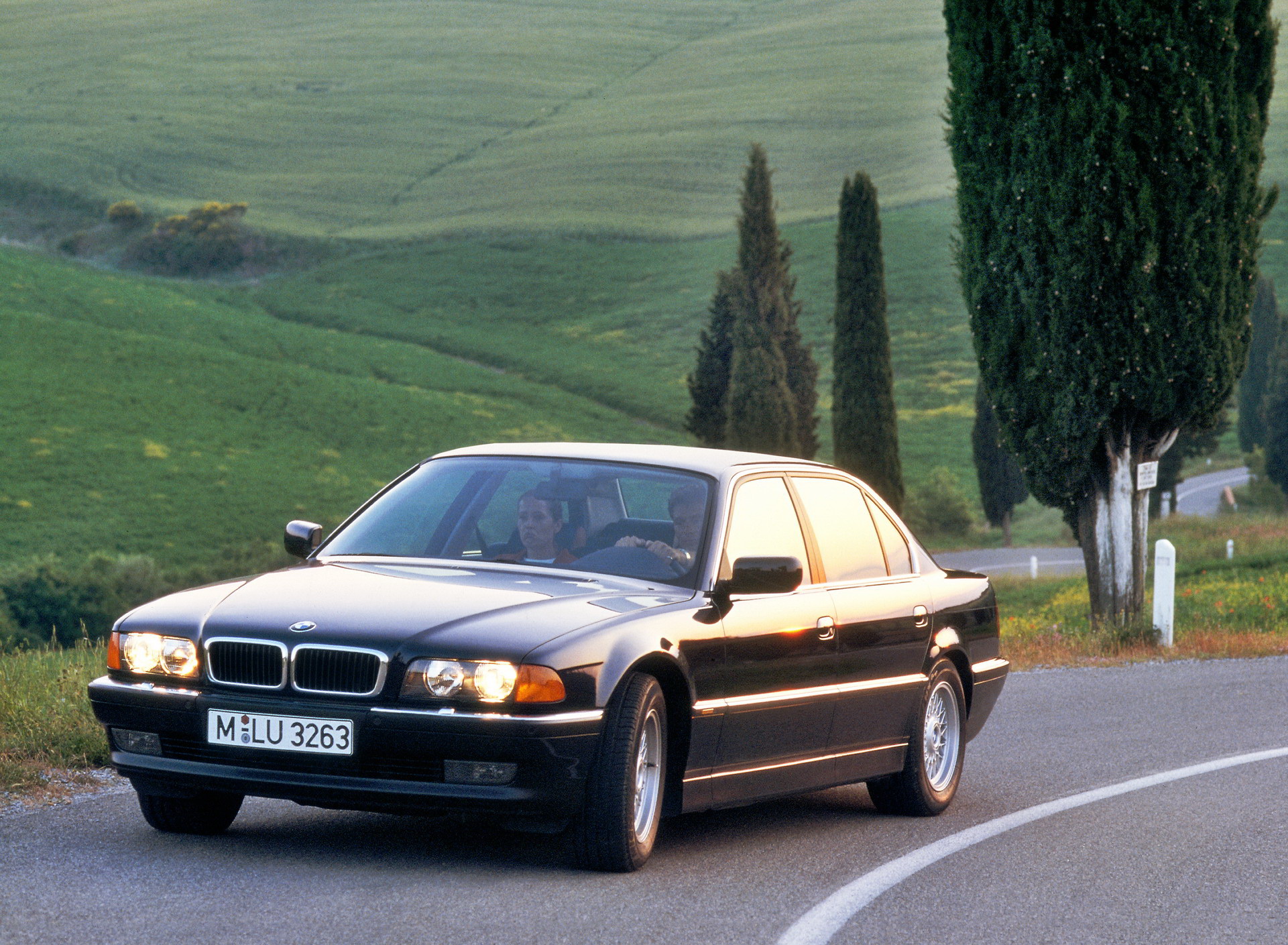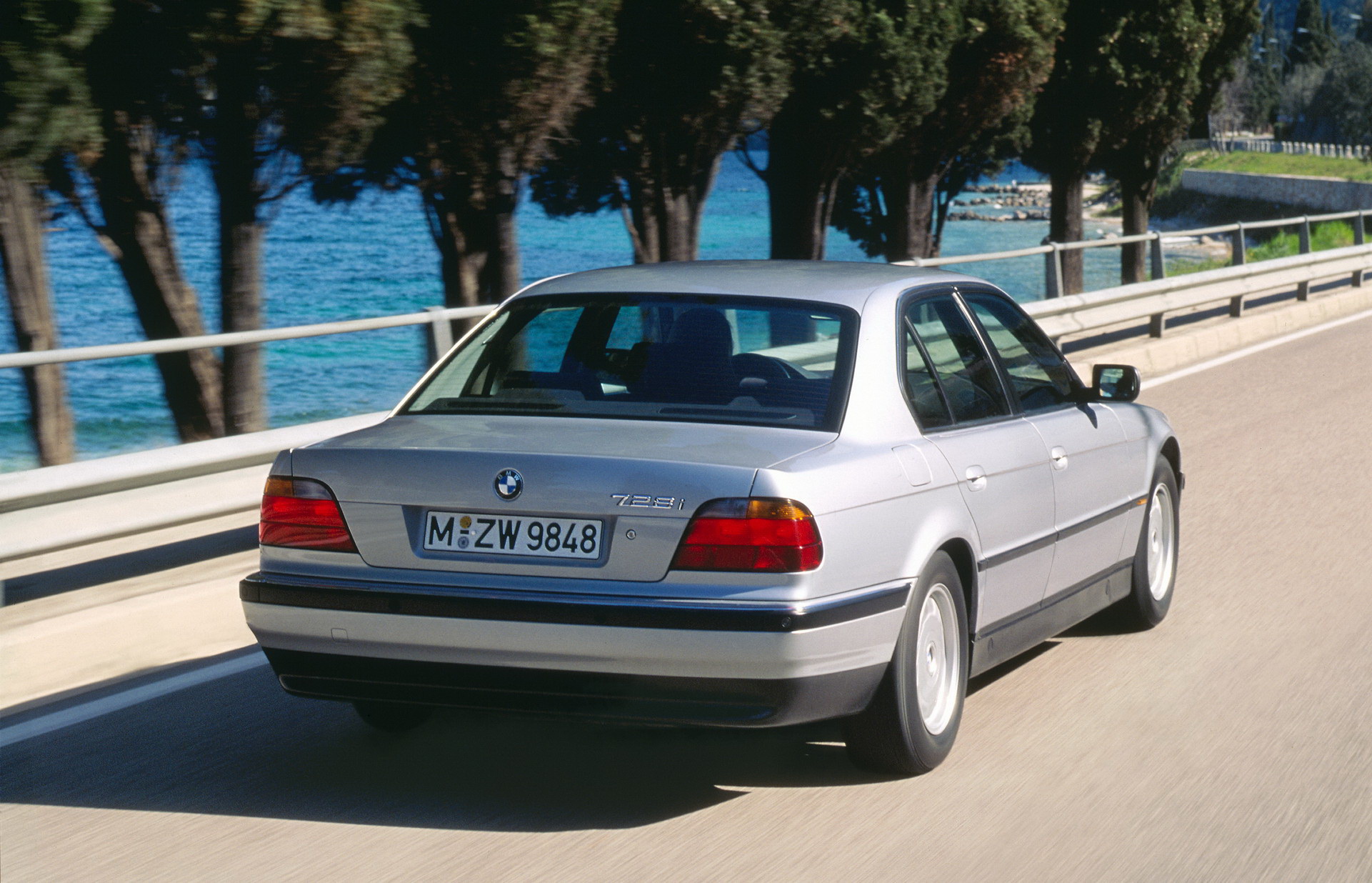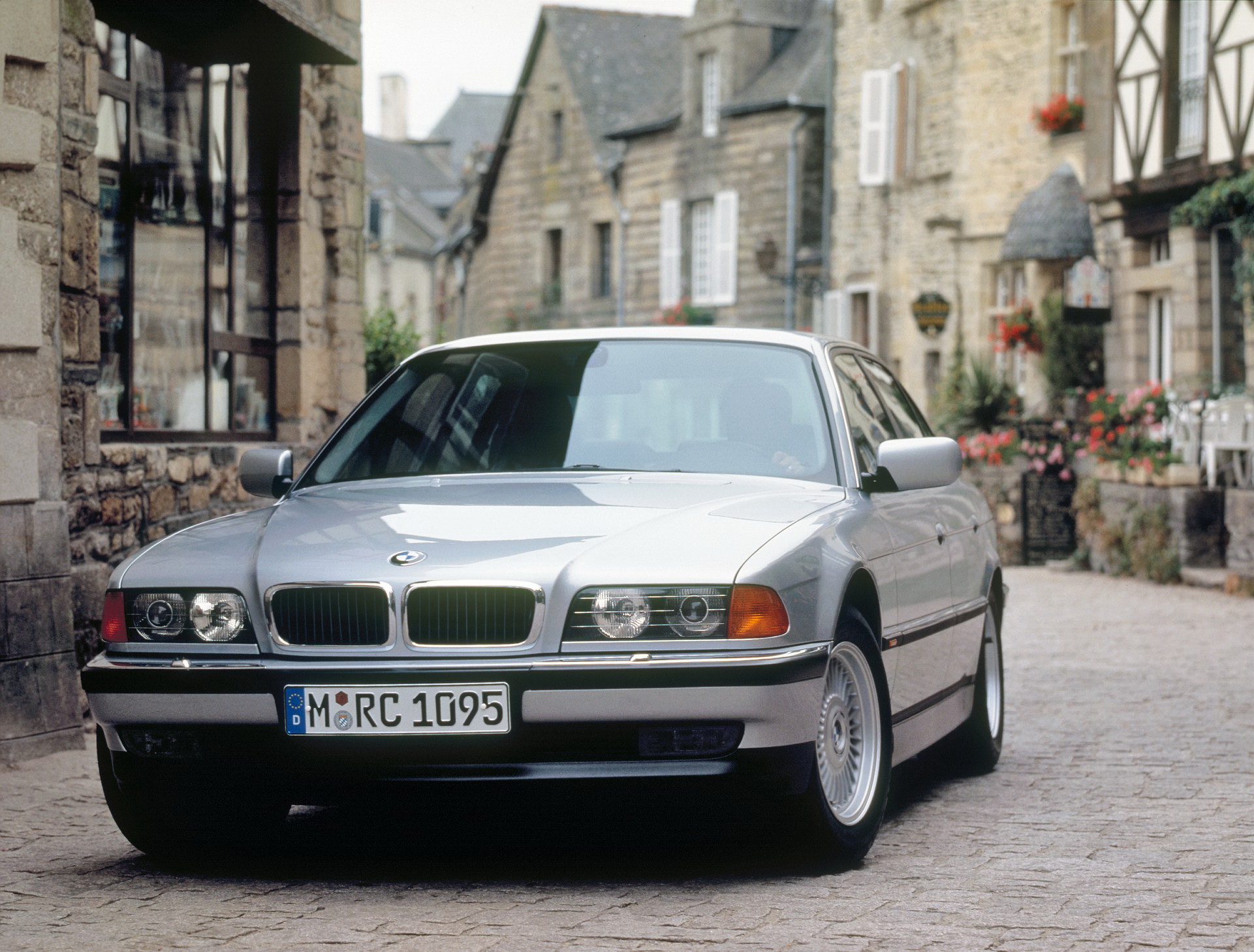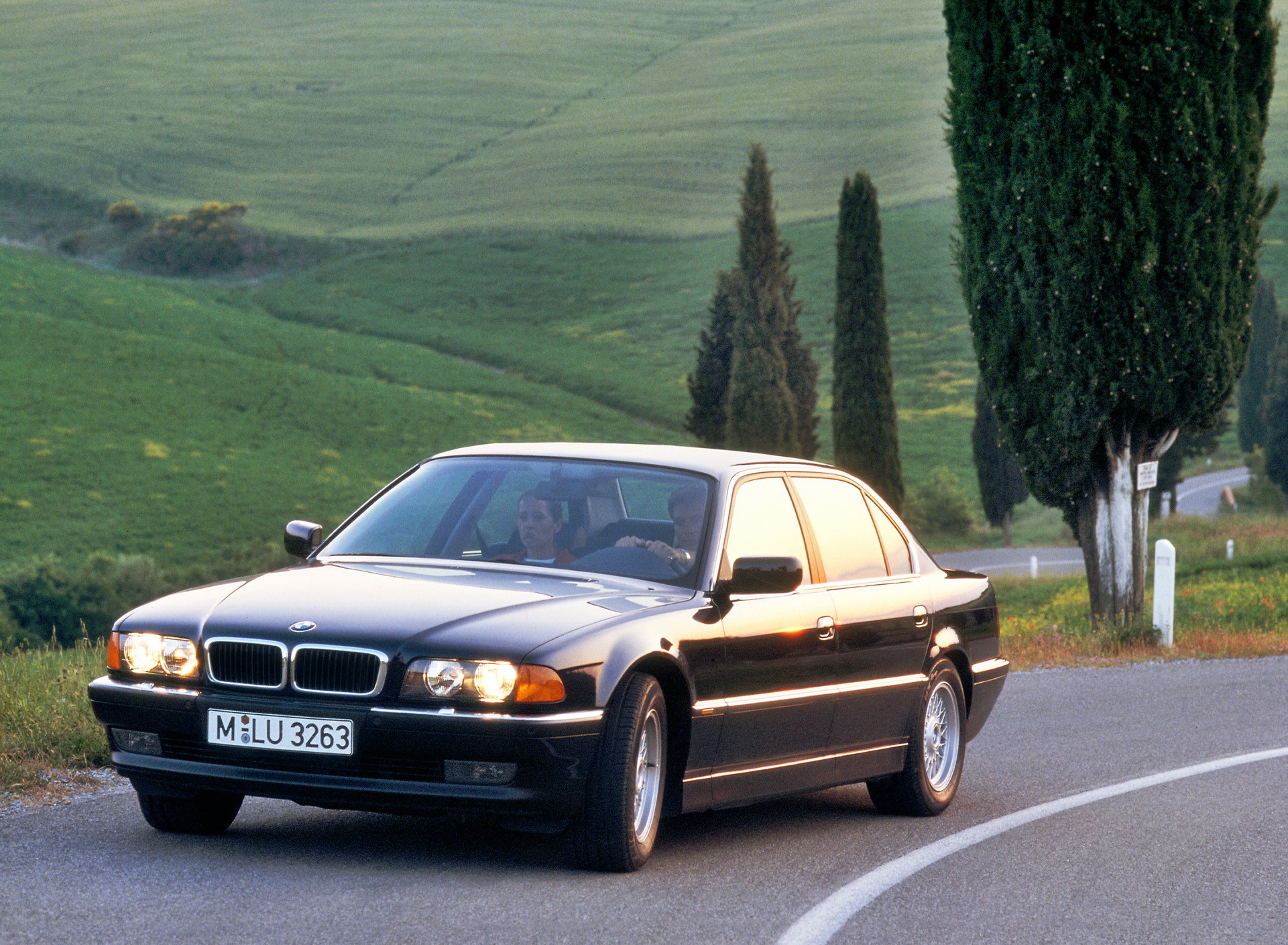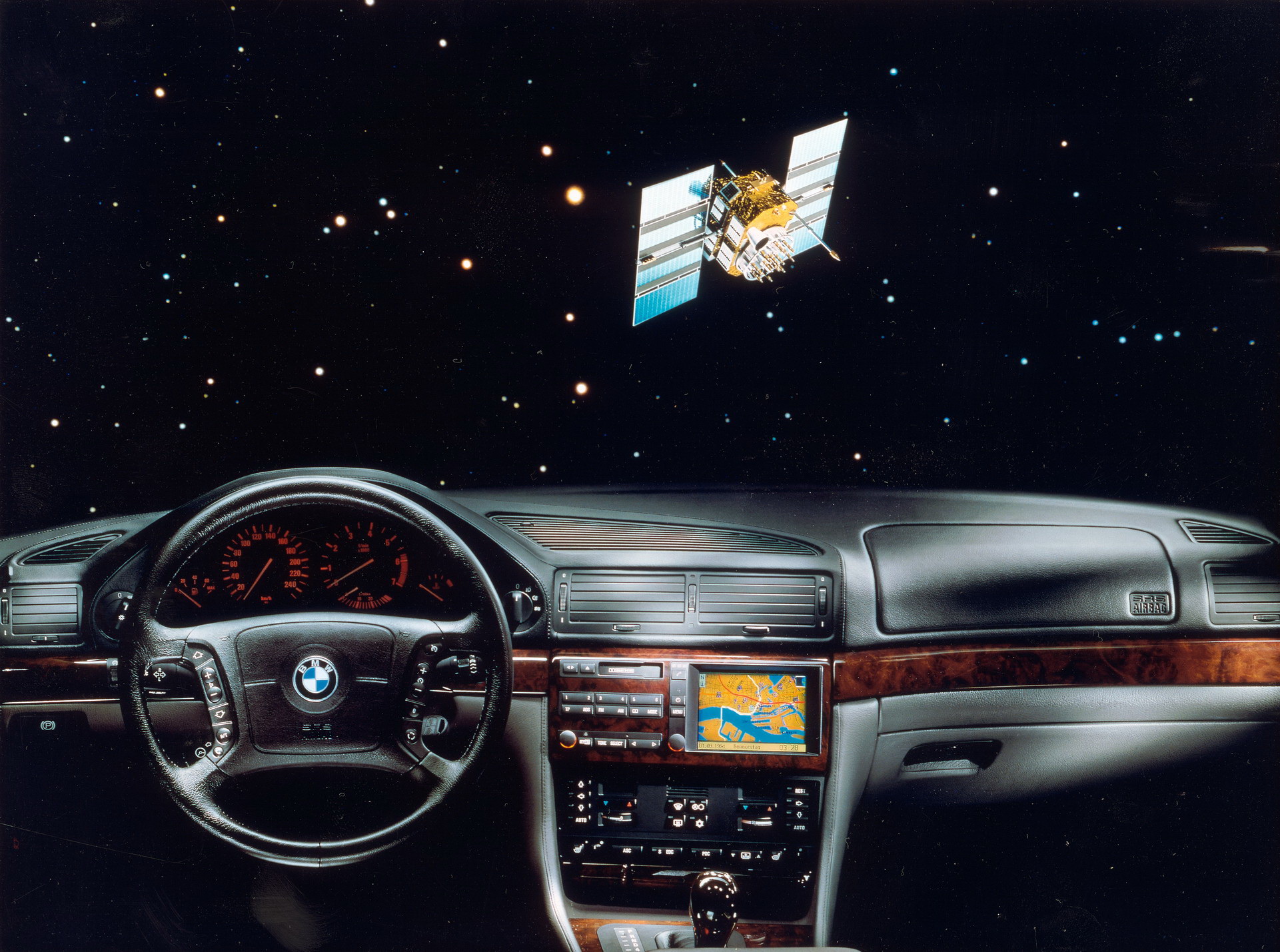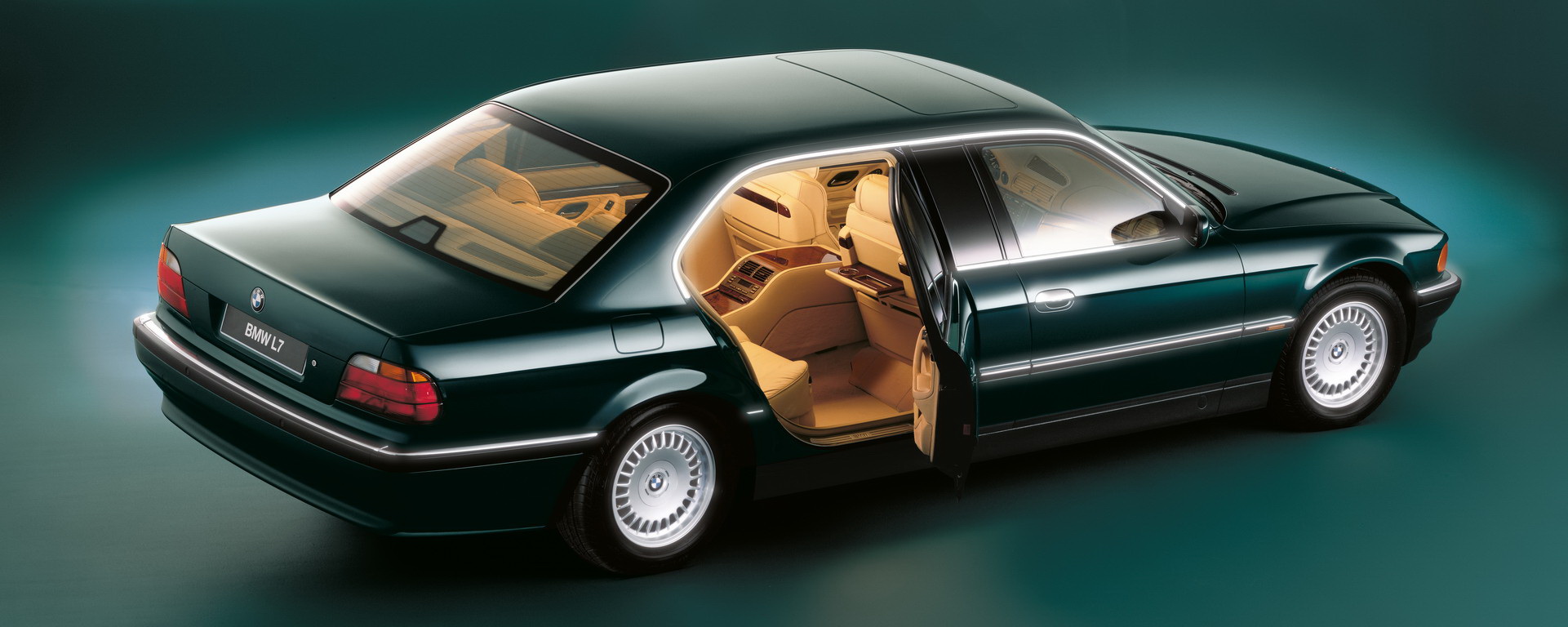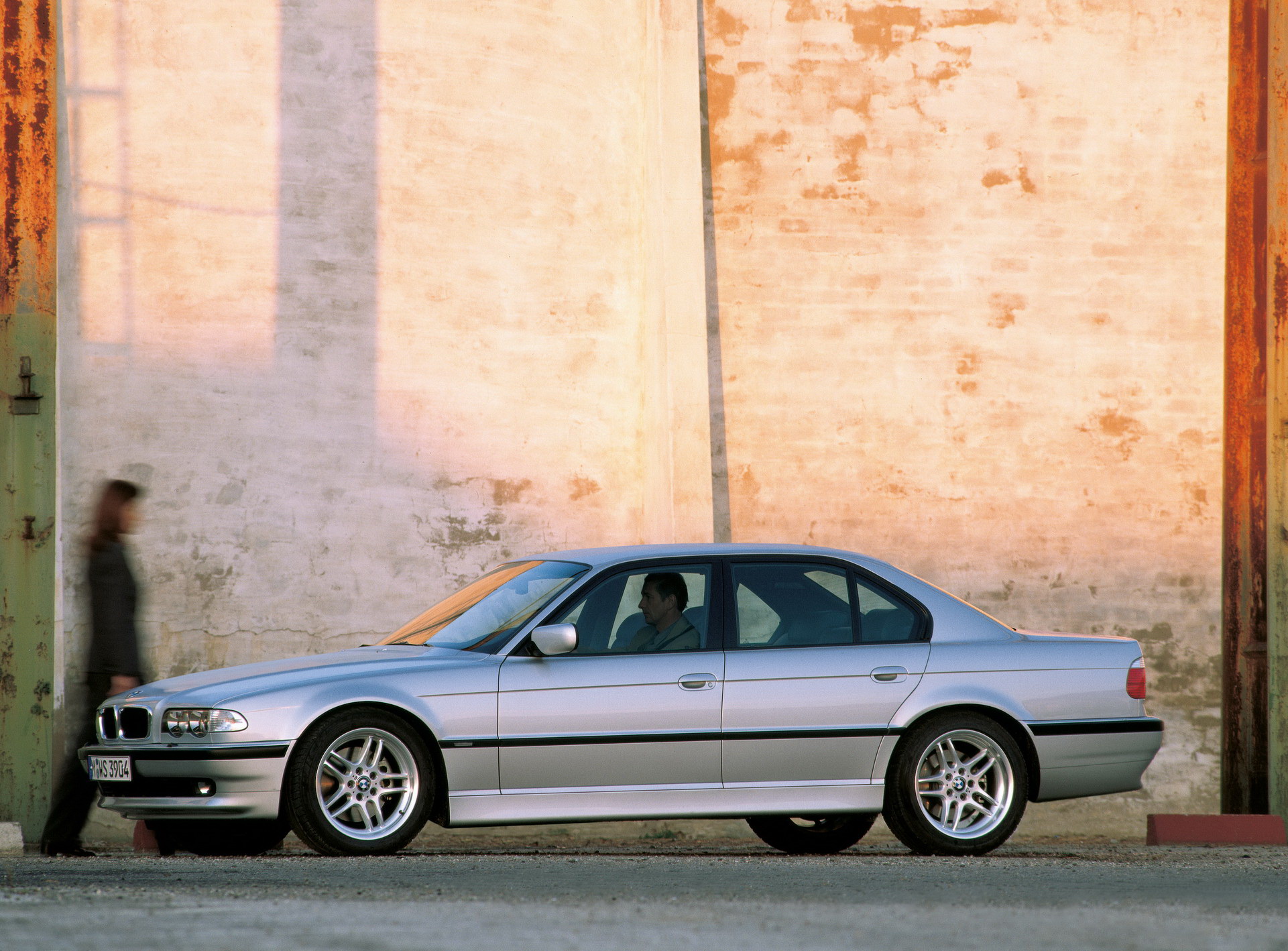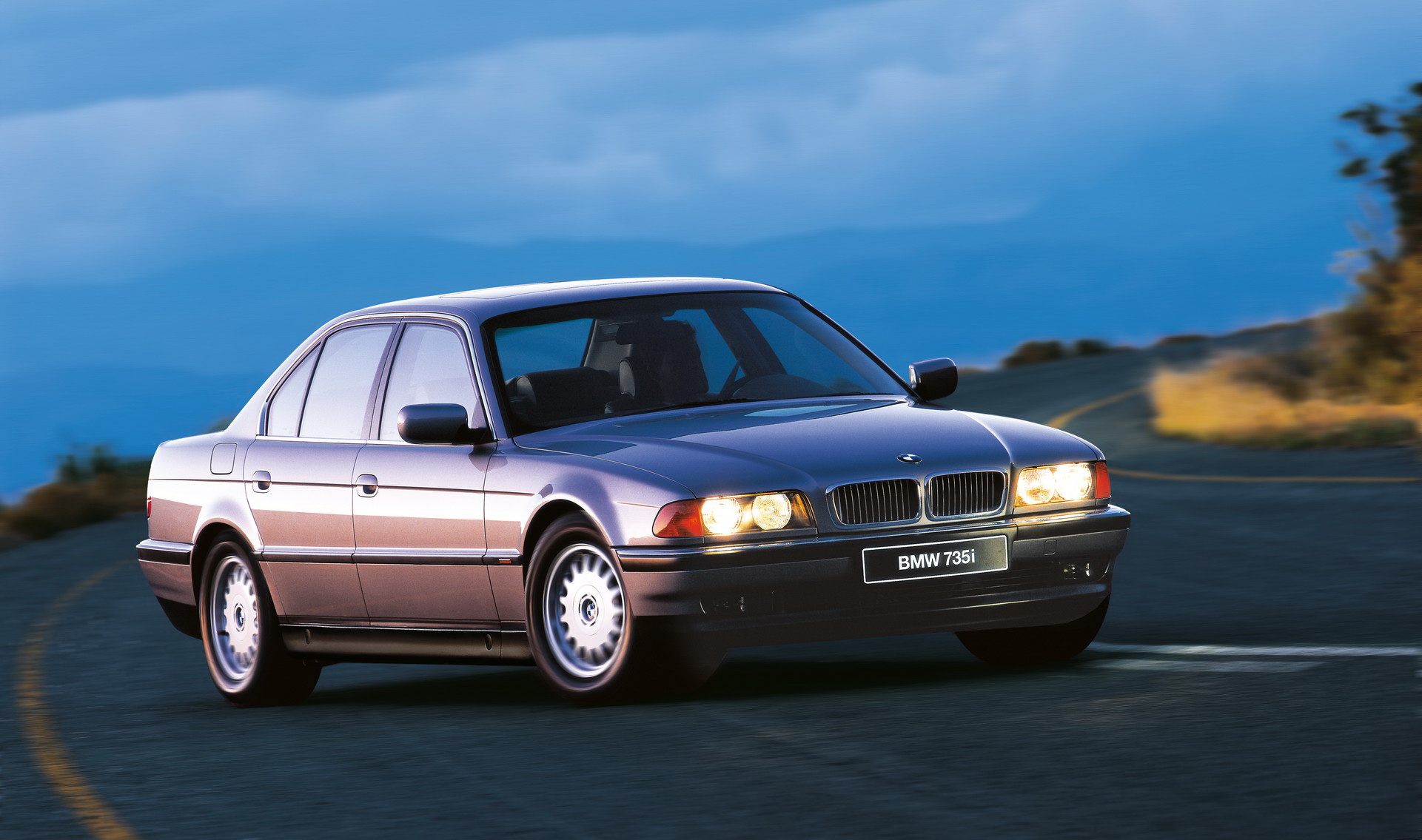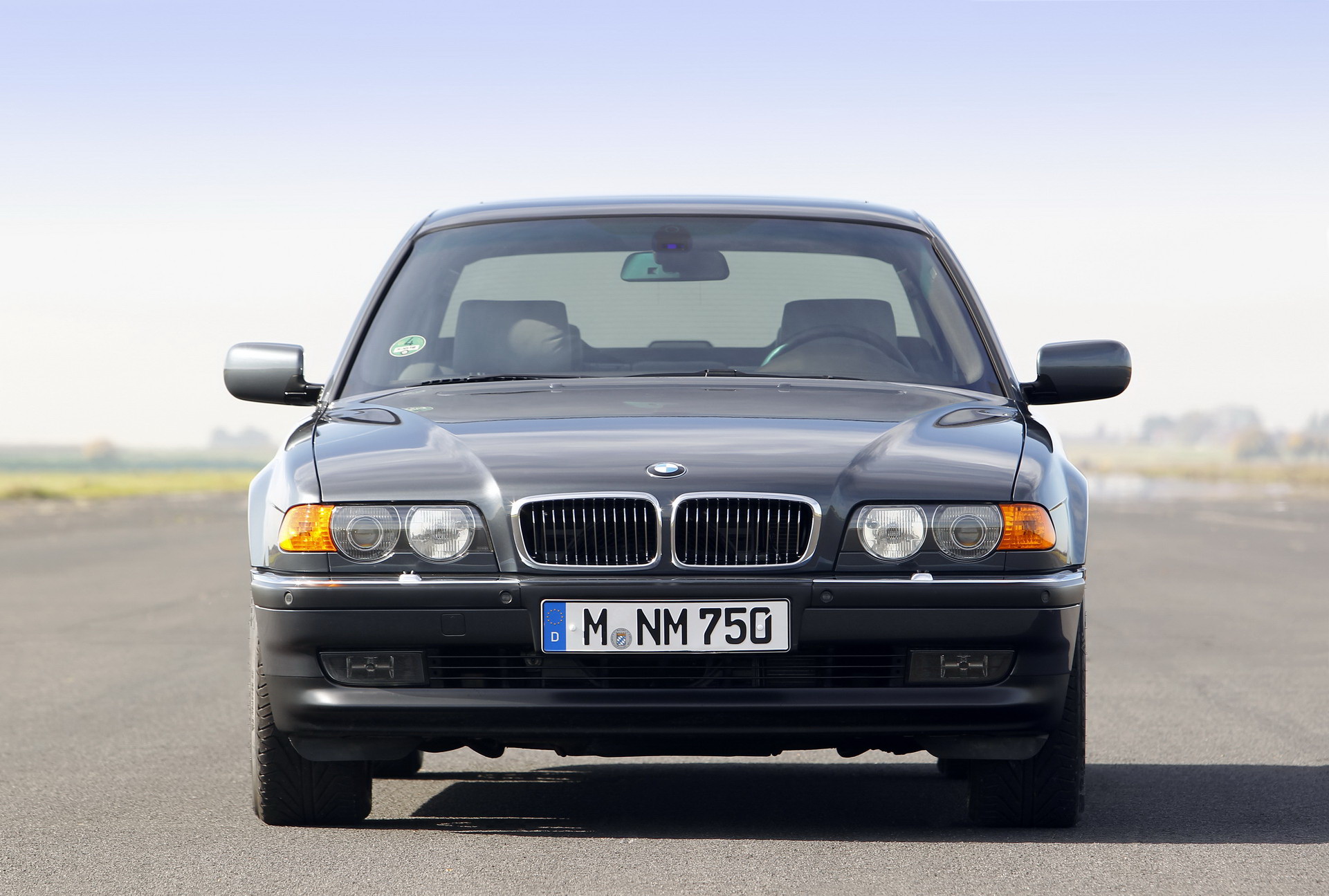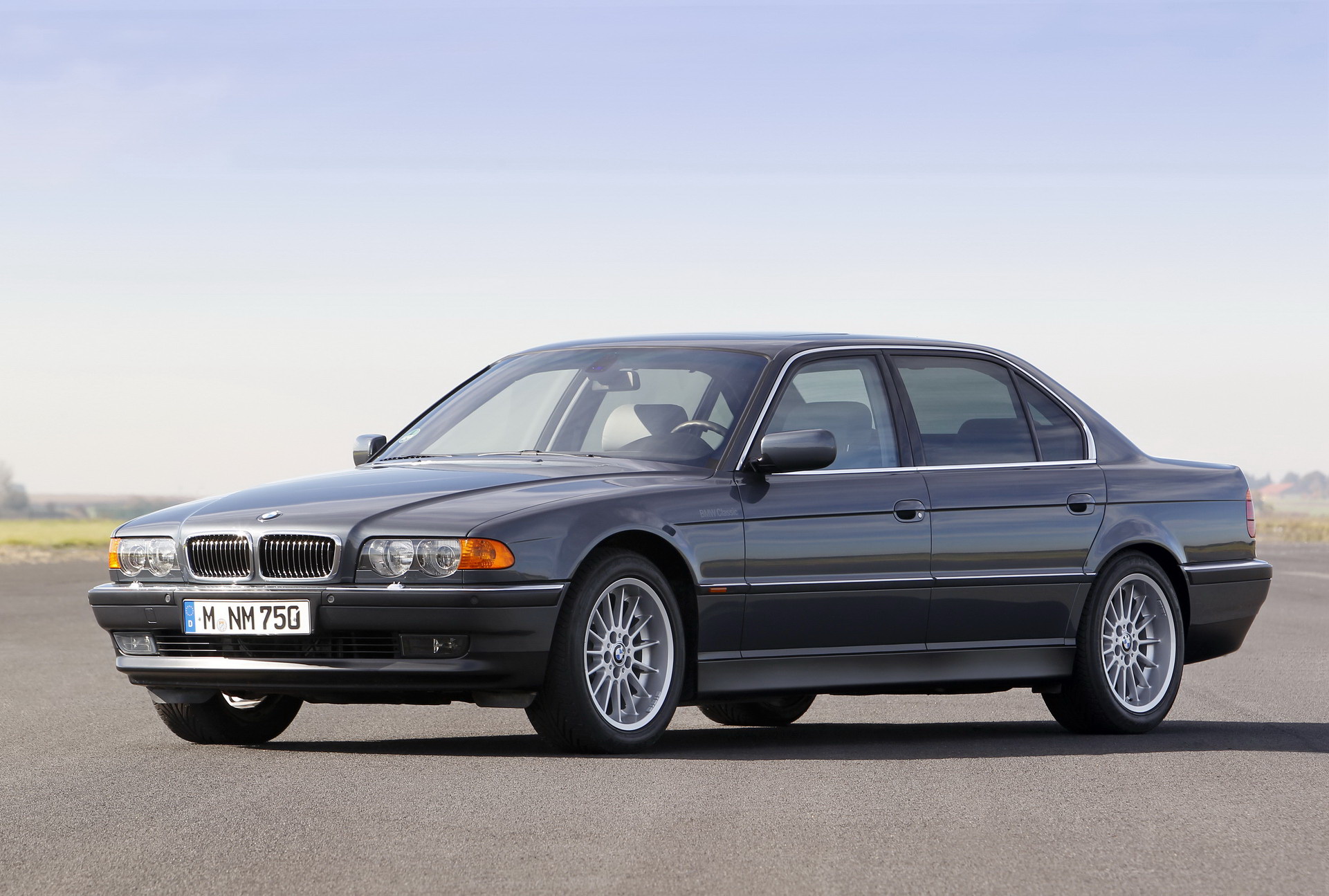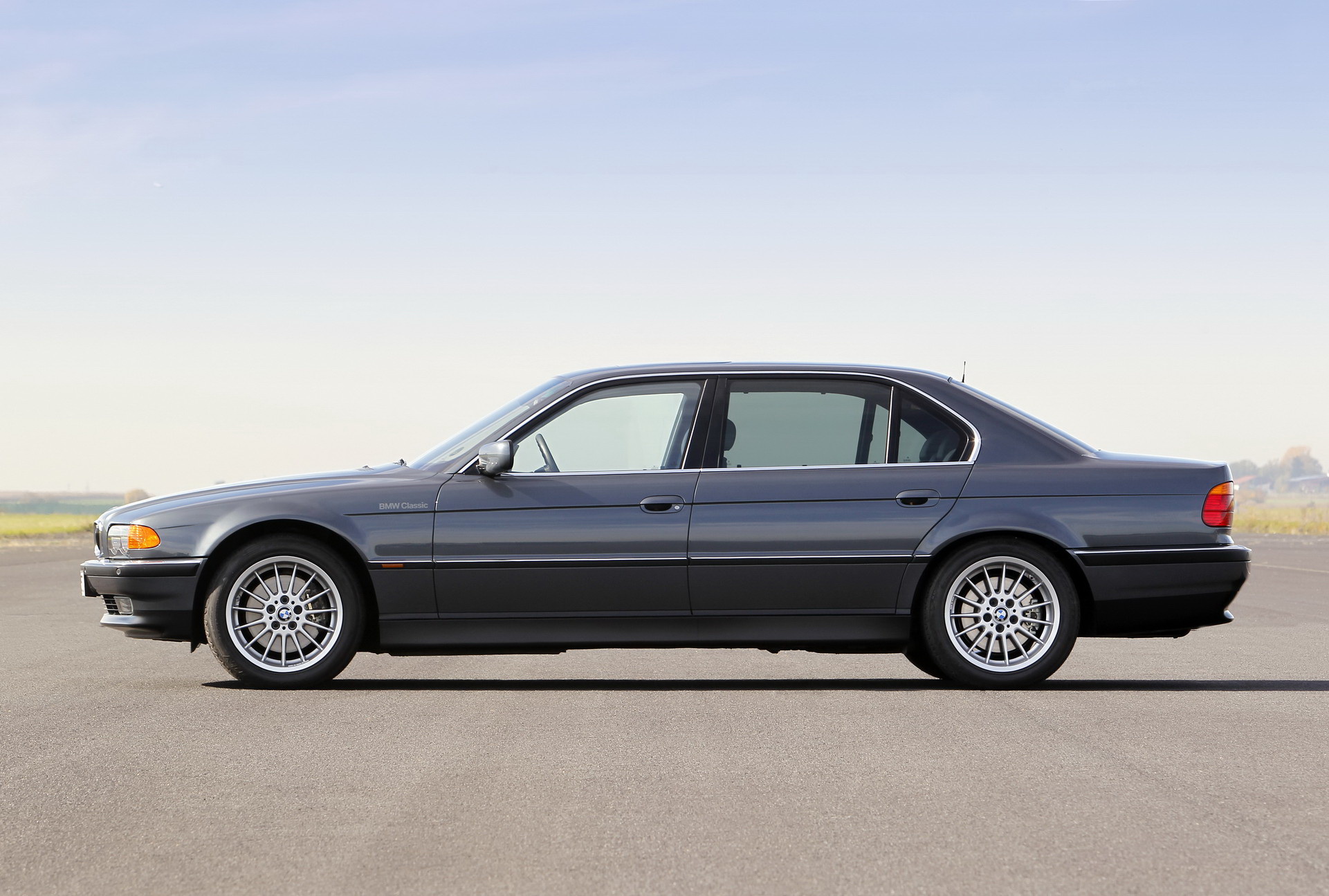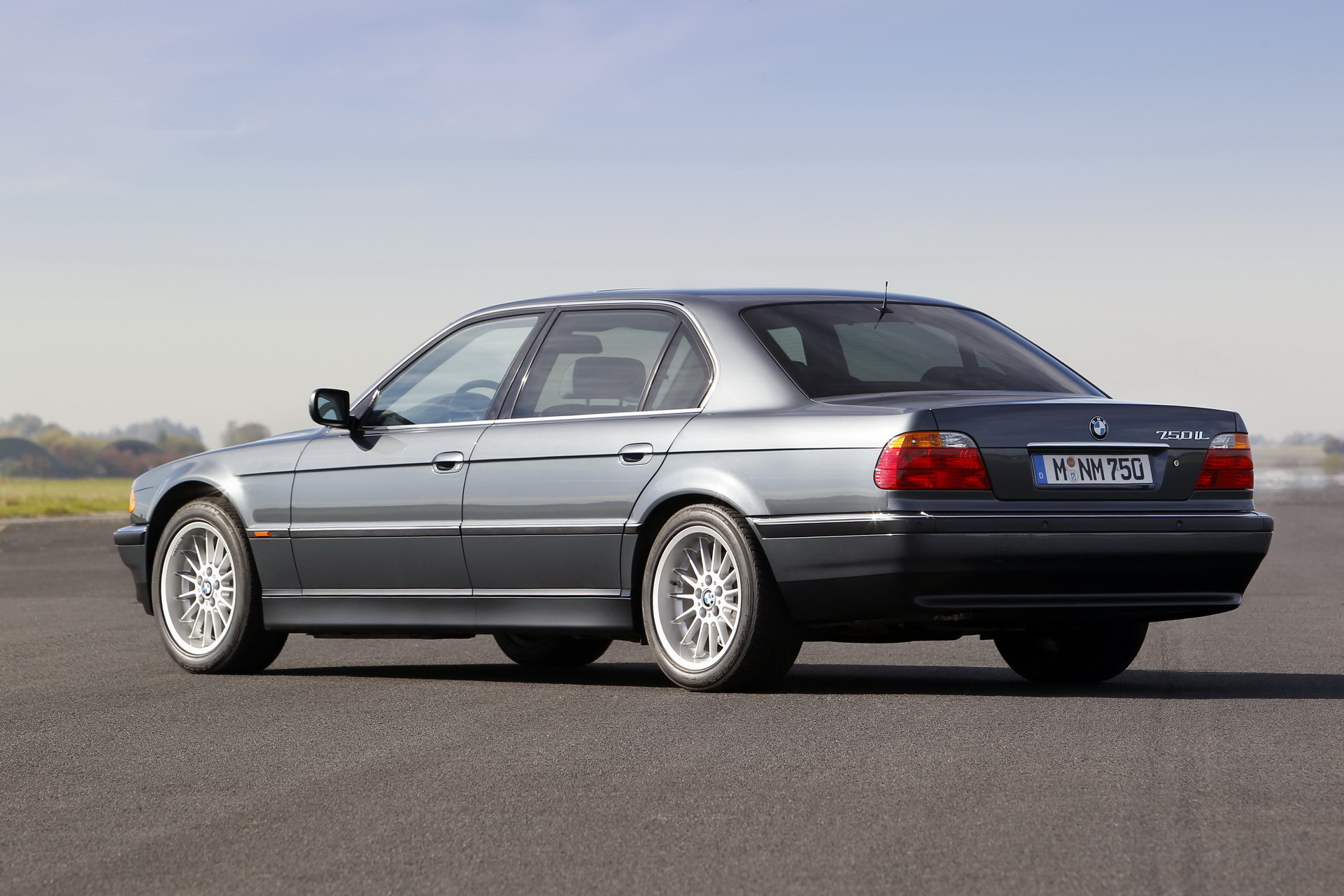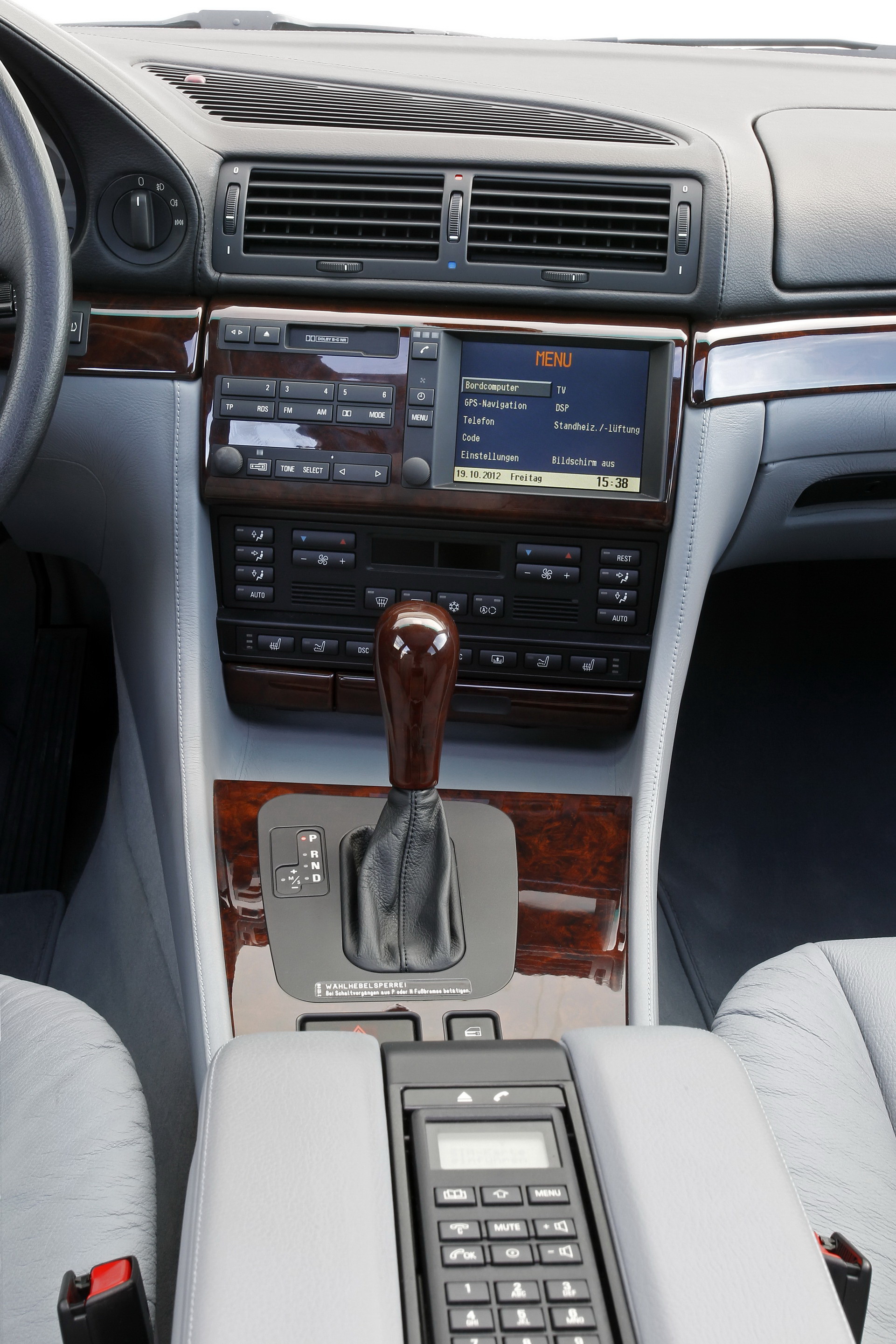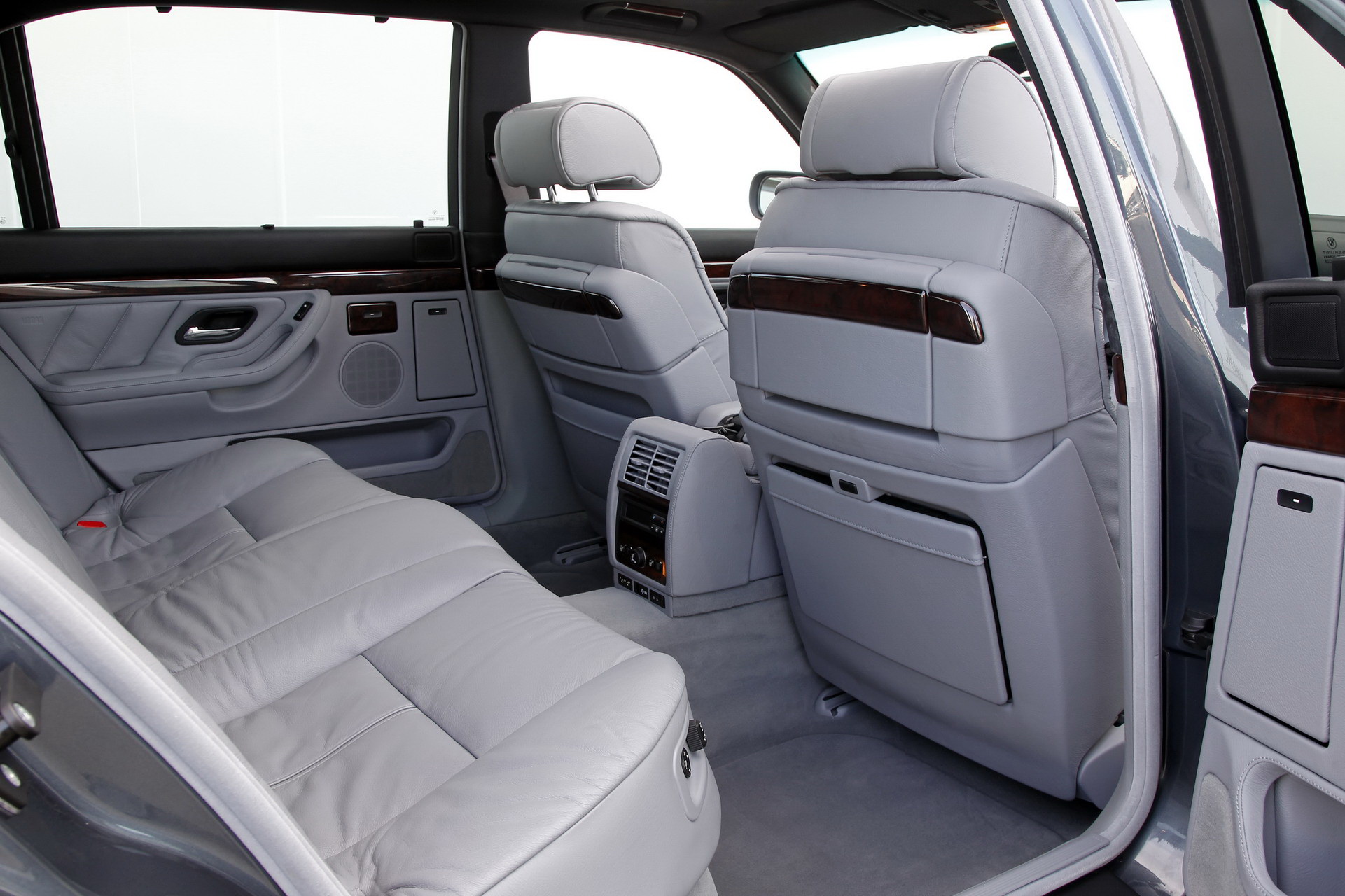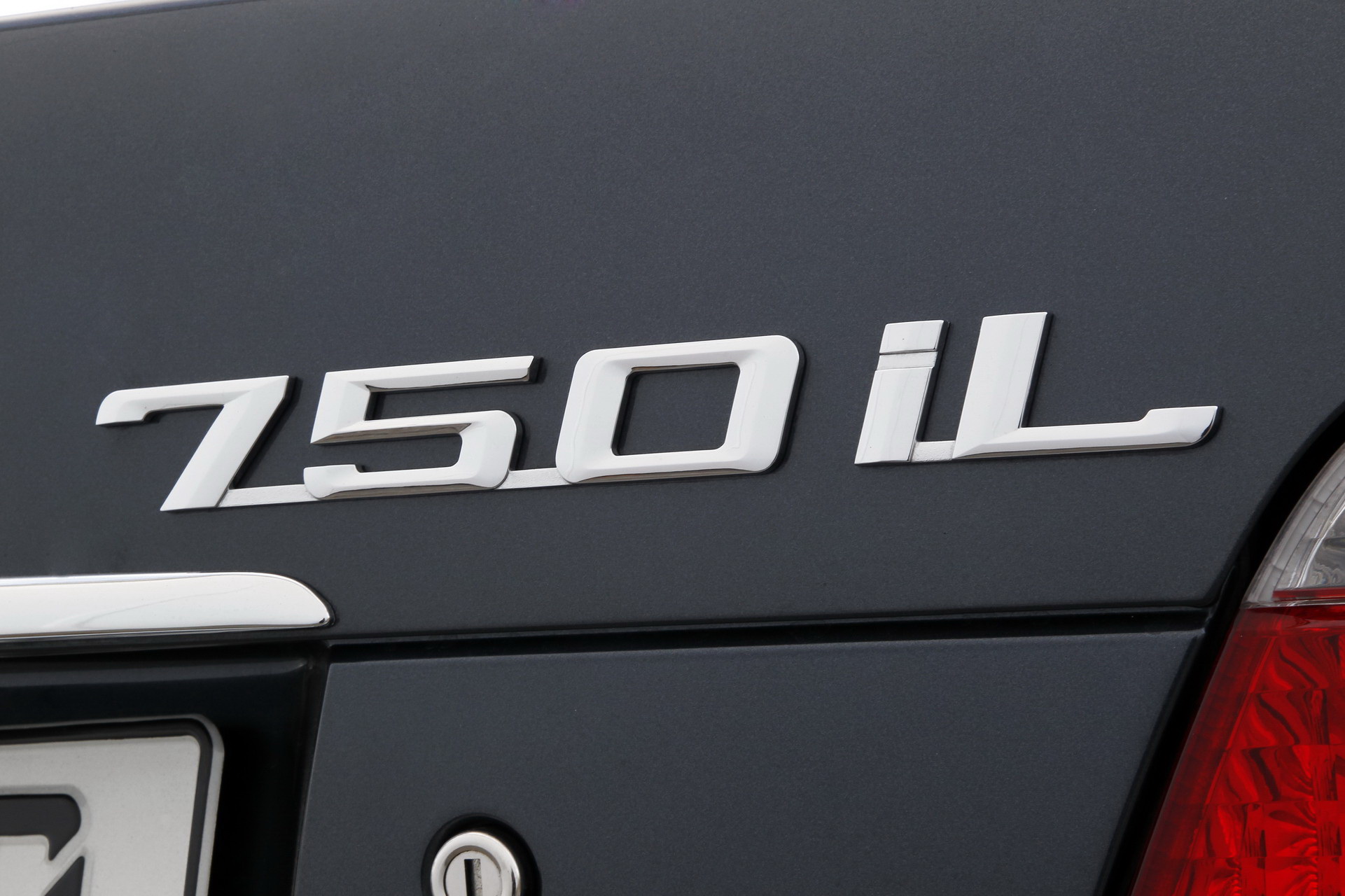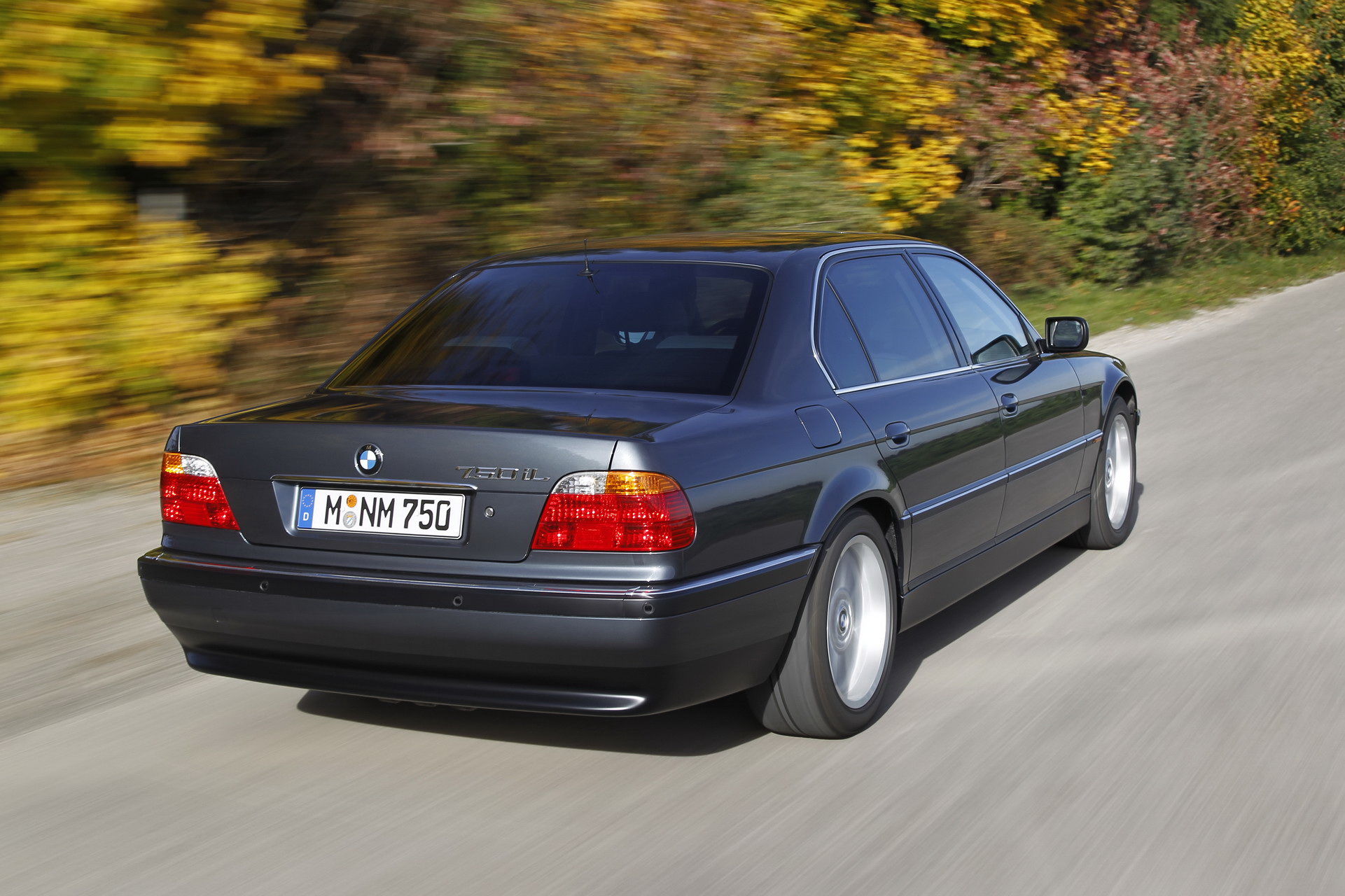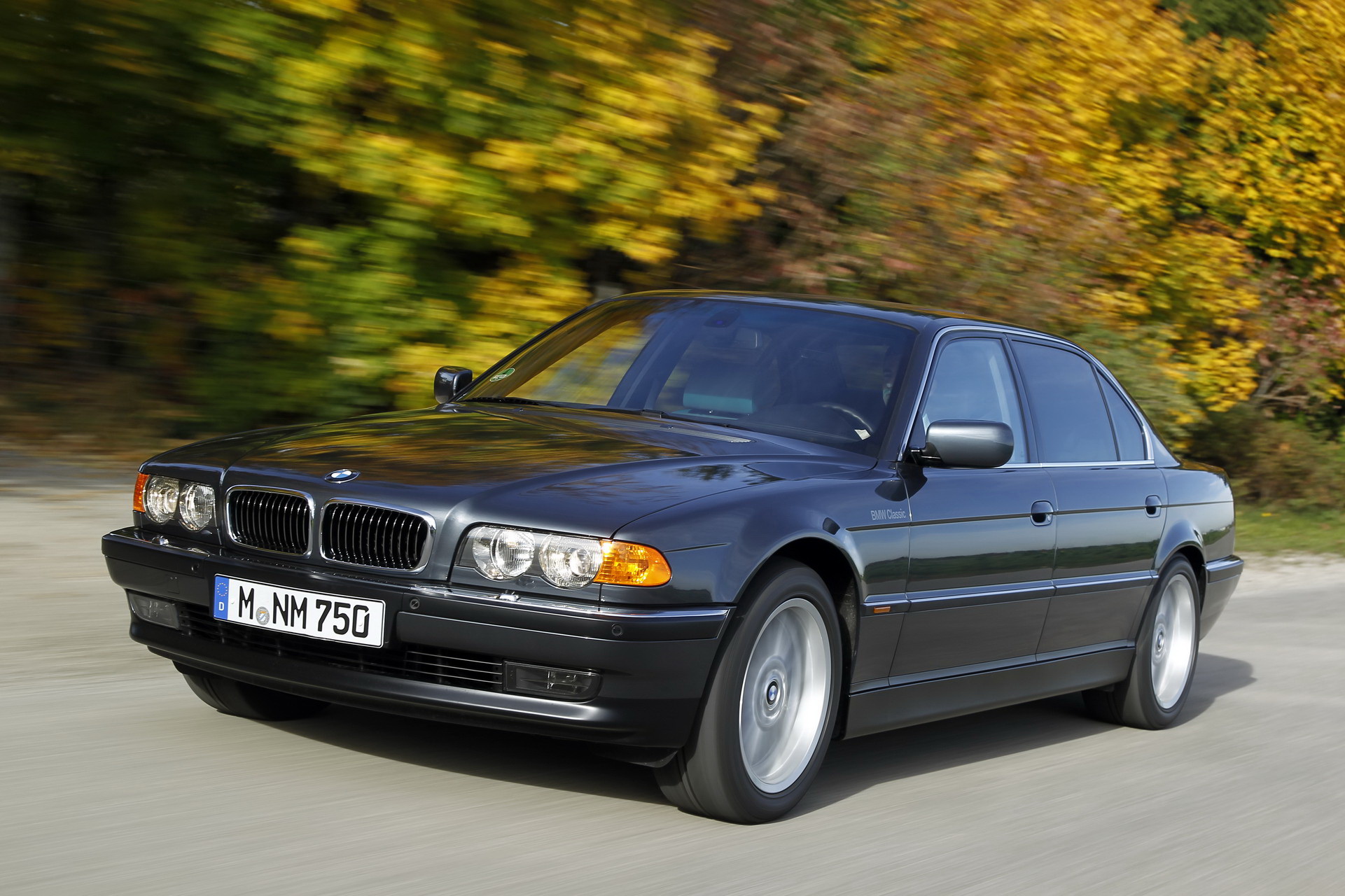BMW’s 7 Series is an interesting kettle of fish. The pinnacle of luxury driving machines recently underwent a thorough mid-life facelift, resulting in one seriously polarizing front end. Some are frightened that its huge kidney grille has the propensity to feed on krill, small animals and children, whilst others love its bold, imposing presence.
As the Munich-based manufacturer’s flagship sedan, the rationale was the need for it to stand out above the rest of the range. Differentiation between the 5 and 7 Series had been lacking recently, so hence the opinion-splitting new front end. Fortunately, BMW has assured us this approach won’t spread to the rest of their lineup.
Also Read: How BMW’s 7-Series Face Evolved From Glorious Great White To Obnoxious Whale Shark
However, this begs the question; what if in a parallel universe BMW went down an alternative, more conservative route for the 7 Series?
One faces the future with one’s past
To answer this I’ve illustratively tapped into BMW’s glory days and one rockstar car in particular – the third generation E38 7 Series. Styled by Boyke Boyer and produced between 1994 and 2001, it’s considered by many gearheads as BMW’s best-looking (and handling too) large sedan. Its timeless shape even appeared in such films as The Transporter and the James Bond feature film, Tomorrow Never Dies.
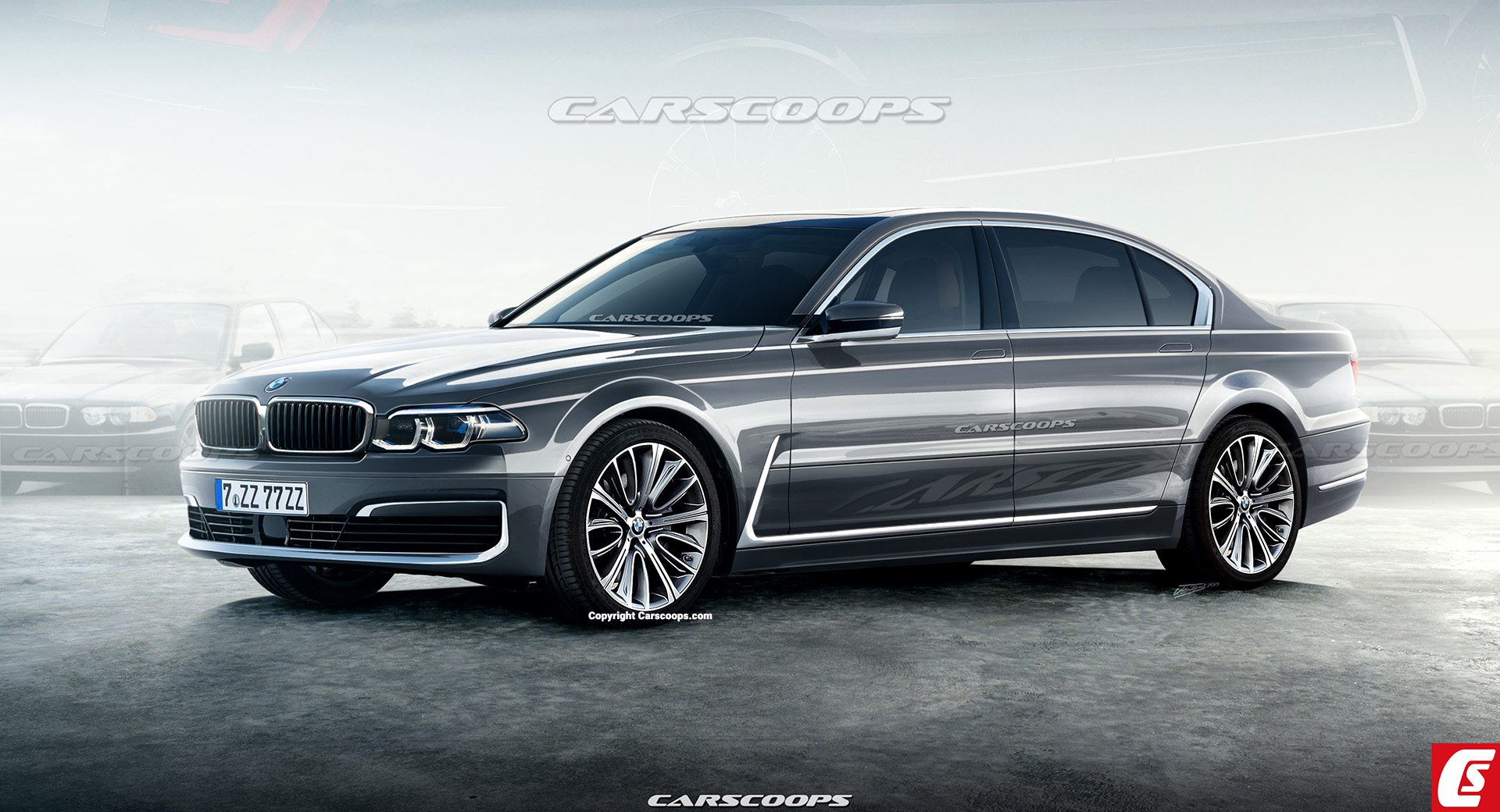
Photo Renderings Copyright Carscoops / Josh Byrnes
The E38 theme applied in this redesign study can be found in many areas including it’s elegant, squared-off bodywork, lowered cowl, mid-body creases, protruding bumpers, prominent fenders, and normal-sized twin-kidney grille.
Elements of the current 7 Series are still retained with angular double halo LED lighting, chrome front fender embellishments, and a sleek roofline. Other details added to the visual mix include Aston Martin-like retractable door handles, rectangular rear led lighting and blacked-out sections of the a-pillars.
Pondering about the interior and specs
Whilst not illustrated here, we would imagine an interior that ditches the garish silver trim around the air vents, and exudes more driver-focused BMW principles of old. A wraparound center stack and sporty driving position would make a comeback, featuring cutting edge infotainment technology and semi-autonomous driver assists.

It wouldn’t be a 7’er without powerful inline-six, V8 and V12 options. The latter unit is rumored to disappear from BMW’s powertrain catalog in 2023. However, we’d love to see it return with some form of hybridisation; massive amounts of power and torque being pumped through a rear-biased all-wheel-drive system? Yes, please!
Speaking of torque, full electrification would be a modern twist on a classic nameplate – a Tesla Model S competitor featuring solid-state batteries and a 600-mile plus range perhaps? This type of battery technology is still in development and a few years off from becoming commercially viable, however, the premise is there. Such a version of the 7 Series would also have an internal battle against the upcoming i7 – a full-size sedan BEV competitor to Mercedes-Benz’s EQS, nevertheless, it’s great to have variety.
Related Story: BMW 7-Series Facelift vs. Audi A8 vs. Mercedes S-Class
Finally, what are your thoughts on this design study – should BMW to go back its more conservative ways with the 7 Series?
Share your thoughts in the comments below.




